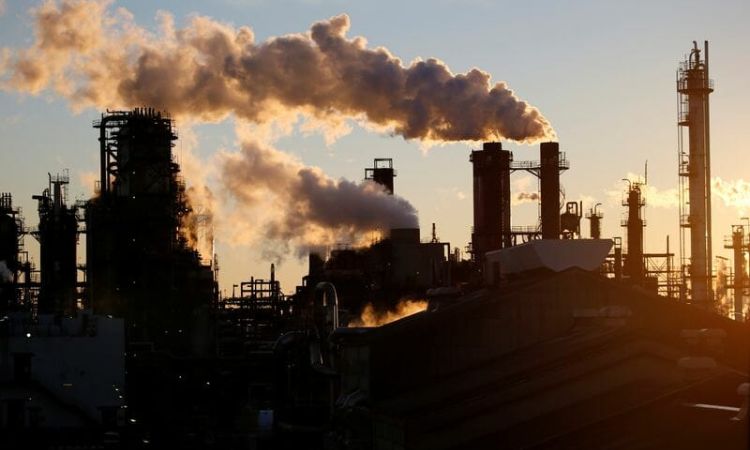Asia’s Factory Activity experienced a slump in June, according to business surveys released on Monday. The outlook for the region’s exporters was clouded as demand in China and advanced nations remained sluggish, leading to a contraction in manufacturing activity in Japan and South Korea, while China saw marginal expansion. These surveys highlight the toll that China’s weaker-than-expected rebound from COVID-19 lockdowns is taking on Asia’s economy.

Image@credit-Business Today
Additionally, manufacturers in the region are bracing for the repercussions of aggressive interest rate hikes in the United States and Europe. Toru Nishihama, the chief emerging market economist at Dai-ichi Life Research Institute, noted that while the worst may have passed for Asian factories, the lack of momentum in activity is due to diminishing prospects for a strong recovery in China’s economy, as China has been slow in delivering stimulus measures. Furthermore, the anticipated impact of significant rate hikes in the U.S. is causing gloom among Asian manufacturers regarding the future outlook.
China’s Manufacturing PMI and its Impact on the Region
China’s Caixin/ S&P Global Manufacturing Purchasing Managers’ Index (PMI) for June, a private survey, showed a slight easing to 50.5 from 50.9 in May. Although the figure remained above the 50-point mark that separates growth from contraction, it, combined with the official survey released on Friday that indicated a continued decline in factory activity, suggests that the world’s second-largest economy lost momentum in the second quarter. The impact of China’s weaker rebound is being felt in Japan, where the final au Jibun Bank PMI fell to 49.8 in June, indicating a return to contraction after expanding in May for the first time in seven months. The Japan PMI survey also revealed a decrease in new orders from overseas customers, particularly from China, with the rate of decline in June being the fastest in four months. Similarly, South Korea’s PMI dropped to 47.8 in June, extending its 12th consecutive month of a downturn due to weak demand in Asia and Europe. PMI surveys also indicated a contraction in factory activity in Taiwan, Vietnam, and Malaysia.
Bright Spots and the Impact of China’s Economy on Asia
Among the economic indicators released on Monday, India’s manufacturing industry stood out as it continued to expand at a brisk pace in June, albeit slightly slower than in May, supported by robust demand. The Bank of Japan‘s tankan survey, a closely watched indicator of business sentiment, also showed an improvement in the second quarter, attributed to peaking raw material costs and the lifting of pandemic restrictions that boosted consumption. However, Asia’s overall economic performance heavily relies on the strength of China’s economy. Although China experienced a rebound in the first quarter, subsequent growth fell short of expectations. The fate of Asia’s economy, including China’s, will have a significant impact on the rest of the world, particularly with regard to the anticipated impact of aggressive monetary tightening on U.S. and European growth.
Forecasts and Risks for Asia’s Economy
In May, the International Monetary Fund (IMF) released its forecasts, expecting Asia’s economy to expand by 4.6% in 2023 following a 3.8% gain in 2022, contributing around 70% of global growth. However, the IMF revised next year’s growth forecast for Asia to 4.4% and warned of potential risks to the outlook, including higher-than-expected inflation and slowing global demand. These factors pose challenges to Asia’s economic recovery and further emphasize the region’s reliance on China’s economic performance.















